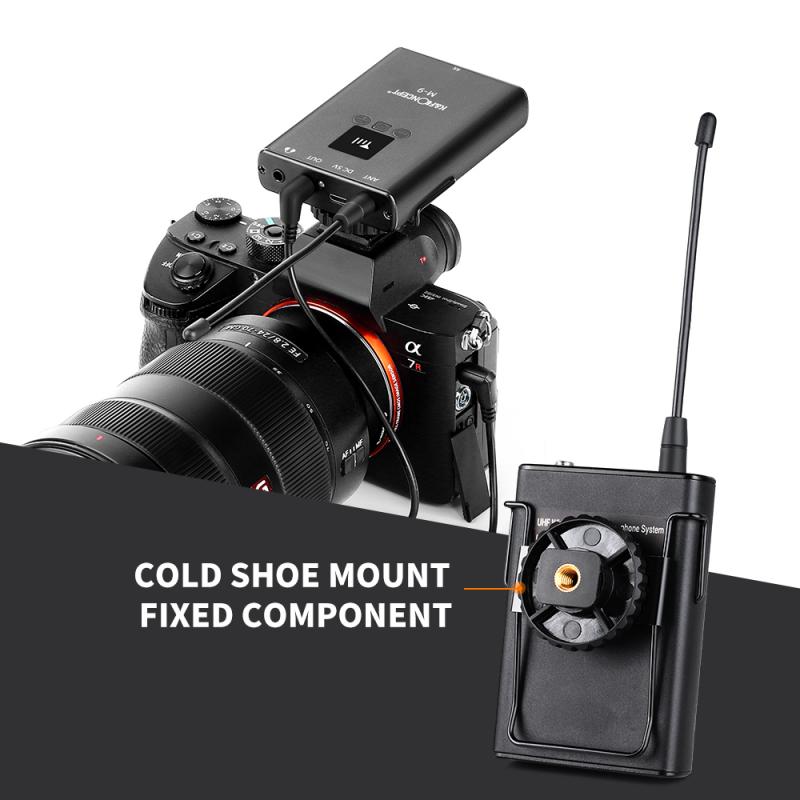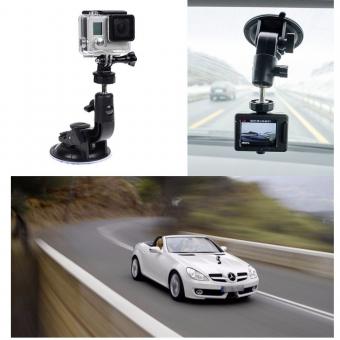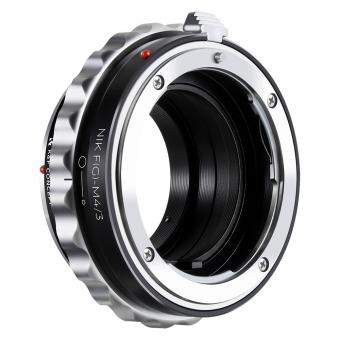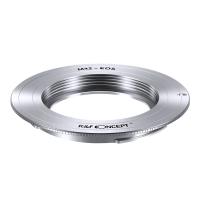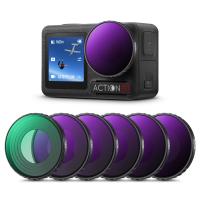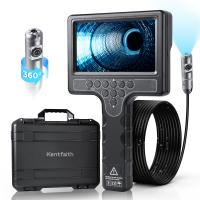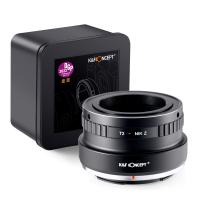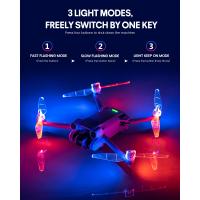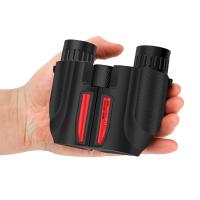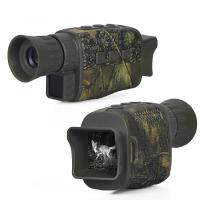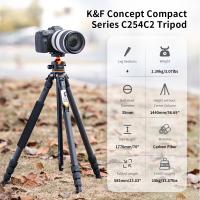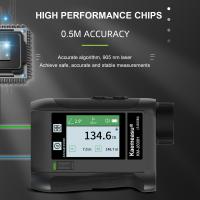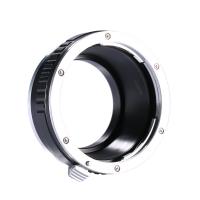How To Make Analogue Cctv Camera Digital ?
To make an analog CCTV camera digital, you would need to use a video encoder or a digital video recorder (DVR). A video encoder converts the analog video signal from the camera into a digital format that can be transmitted over a network or stored on a computer. The encoder typically connects to the camera via a coaxial cable and then converts the analog signal into a digital stream that can be accessed and viewed remotely.
Alternatively, you can use a DVR, which is a standalone device that connects to the analog camera and records the video footage digitally onto a hard drive. The DVR also allows for remote access and viewing of the recorded footage.
Both options provide a way to convert analog CCTV cameras into a digital format, allowing for easier storage, remote access, and integration with other digital systems.
1、 Analog-to-digital converter for CCTV camera signal
To make an analog CCTV camera digital, you would need to use an analog-to-digital converter (ADC) for the camera signal. An ADC is a device that converts analog signals into digital signals, allowing them to be processed and stored digitally.
The process of converting an analog CCTV camera to digital involves connecting the camera's analog output to the ADC input. The ADC then converts the analog video signal into a digital format that can be transmitted and stored digitally. This conversion allows for easier integration with digital systems such as DVRs (Digital Video Recorders) and NVRs (Network Video Recorders).
The latest point of view on this topic is the increasing trend towards IP (Internet Protocol) cameras, which are inherently digital. IP cameras offer higher resolution, better image quality, and advanced features such as remote access and analytics. As a result, many businesses and individuals are transitioning from analog to digital CCTV systems.
However, if you have existing analog CCTV cameras and want to make them digital without replacing them, using an ADC is a viable solution. It allows you to leverage the benefits of digital systems while still utilizing your analog cameras.
It's worth noting that while an ADC can convert the video signal to digital, it does not enhance the quality of the analog camera itself. Therefore, the image quality will still be limited by the capabilities of the analog camera.
In conclusion, to make an analog CCTV camera digital, you would need to use an analog-to-digital converter. This allows for easier integration with digital systems and takes advantage of the benefits of digital technology. However, it's important to consider the limitations of the analog camera itself in terms of image quality.

2、 IP camera conversion for analog CCTV systems
To convert an analog CCTV camera into a digital IP camera, you will need to follow a few steps:
1. Choose an IP encoder: An IP encoder is a device that converts analog video signals into digital format. There are various IP encoders available in the market, so choose one that suits your requirements and budget.
2. Connect the analog camera to the IP encoder: Connect the analog camera to the IP encoder using a coaxial cable or BNC connector. Make sure the connections are secure and properly aligned.
3. Configure the IP encoder: Once the camera is connected to the IP encoder, you will need to configure the encoder settings. This includes setting the IP address, video resolution, frame rate, and other parameters. Refer to the manufacturer's instructions for detailed guidance.
4. Connect the IP encoder to the network: Connect the IP encoder to your local network using an Ethernet cable. Ensure that the network connection is stable and reliable.
5. Access the camera remotely: After the IP encoder is connected to the network, you can access the camera remotely using a computer, smartphone, or tablet. Install the necessary software or app provided by the IP encoder manufacturer to view and manage the camera feed.
From a latest point of view, converting analog CCTV cameras to digital IP cameras offers several advantages. IP cameras provide higher resolution, better image quality, and advanced features such as motion detection, remote access, and video analytics. They also offer scalability, allowing you to easily add more cameras to your system without the need for additional cabling. Additionally, IP cameras can be integrated with other security systems, such as access control and alarm systems, for a comprehensive surveillance solution. Overall, converting analog CCTV cameras to IP cameras can enhance the effectiveness and efficiency of your security system.

3、 Using video encoders to digitize analog CCTV footage
To make an analog CCTV camera digital, one can use video encoders to digitize the analog footage. Video encoders are devices that convert analog video signals into digital format, allowing them to be transmitted and recorded digitally.
Video encoders typically have inputs for analog video signals, such as composite or component video, and convert them into a digital format, such as H.264 or MPEG-4. These digital signals can then be transmitted over IP networks or stored on digital storage devices.
Using video encoders offers several advantages. Firstly, it allows for remote viewing and monitoring of CCTV footage over the internet. This means that users can access the footage from anywhere using a computer or mobile device, enhancing the flexibility and convenience of surveillance systems.
Additionally, digitizing analog CCTV footage enables integration with other digital systems, such as video management software and analytics tools. This integration allows for advanced features like motion detection, facial recognition, and object tracking, enhancing the overall effectiveness and efficiency of the surveillance system.
Furthermore, video encoders can improve the image quality of analog CCTV cameras. By converting the analog signals into digital format, video encoders can enhance the resolution, clarity, and color accuracy of the footage.
It is worth noting that with the advancements in technology, many modern CCTV cameras are already digital, eliminating the need for video encoders. However, for existing analog CCTV systems, video encoders provide a cost-effective solution to upgrade and digitize the surveillance infrastructure.
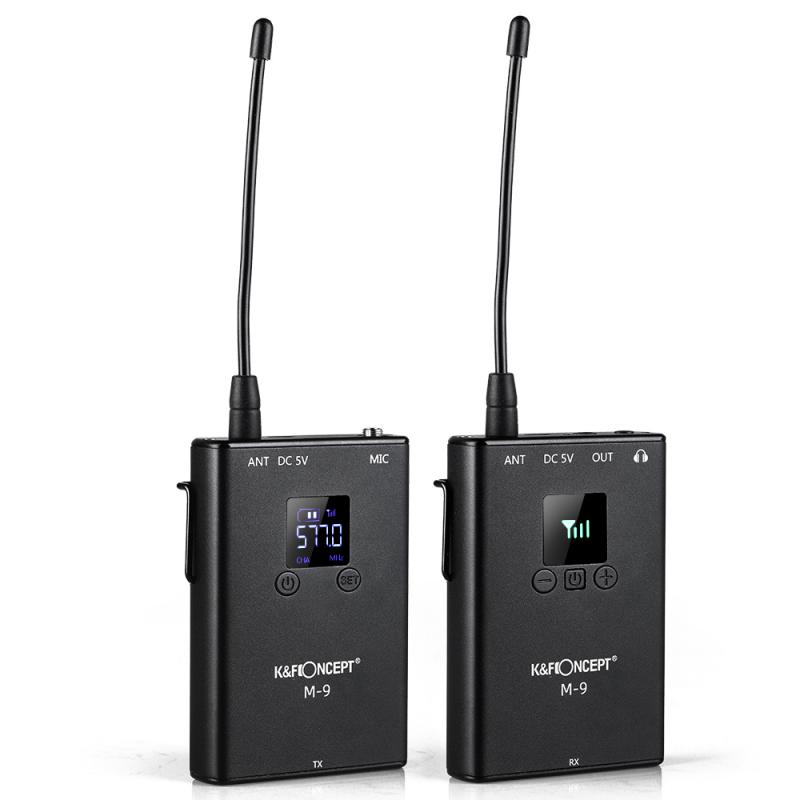
4、 Upgrading analog CCTV to digital using DVR/NVR systems
To upgrade an analog CCTV camera to digital, you can follow these steps:
1. Choose a DVR/NVR system: Select a Digital Video Recorder (DVR) or Network Video Recorder (NVR) system that suits your needs. DVRs are used for analog cameras, while NVRs are used for IP cameras. Ensure that the system supports the number of cameras you have and has the necessary storage capacity.
2. Install the DVR/NVR system: Connect the DVR/NVR to your existing analog camera system. This involves connecting the cameras to the DVR/NVR using coaxial cables or Ethernet cables, depending on the system. Make sure to follow the manufacturer's instructions for installation.
3. Configure the system: Once the DVR/NVR is connected, you will need to configure the system. This includes setting up the cameras, adjusting the video quality, and configuring recording settings. Most DVR/NVR systems have user-friendly interfaces that allow you to easily customize the settings.
4. Access the footage remotely: One of the advantages of upgrading to a digital system is the ability to access the footage remotely. Many DVR/NVR systems offer mobile apps or web interfaces that allow you to view the camera feeds and recorded footage from anywhere using a smartphone, tablet, or computer.
5. Consider additional features: Digital systems offer various additional features that can enhance your surveillance capabilities. These may include motion detection, facial recognition, and advanced analytics. Explore the options available with your chosen DVR/NVR system and consider implementing features that align with your security needs.
From a modern perspective, upgrading to a digital CCTV system offers several advantages over analog systems. Digital systems provide higher resolution and image quality, allowing for better identification of individuals and objects. They also offer more flexibility in terms of storage capacity, as digital footage can be stored on hard drives or in the cloud. Additionally, digital systems can integrate with other security technologies, such as access control systems and video analytics, providing a more comprehensive security solution.
